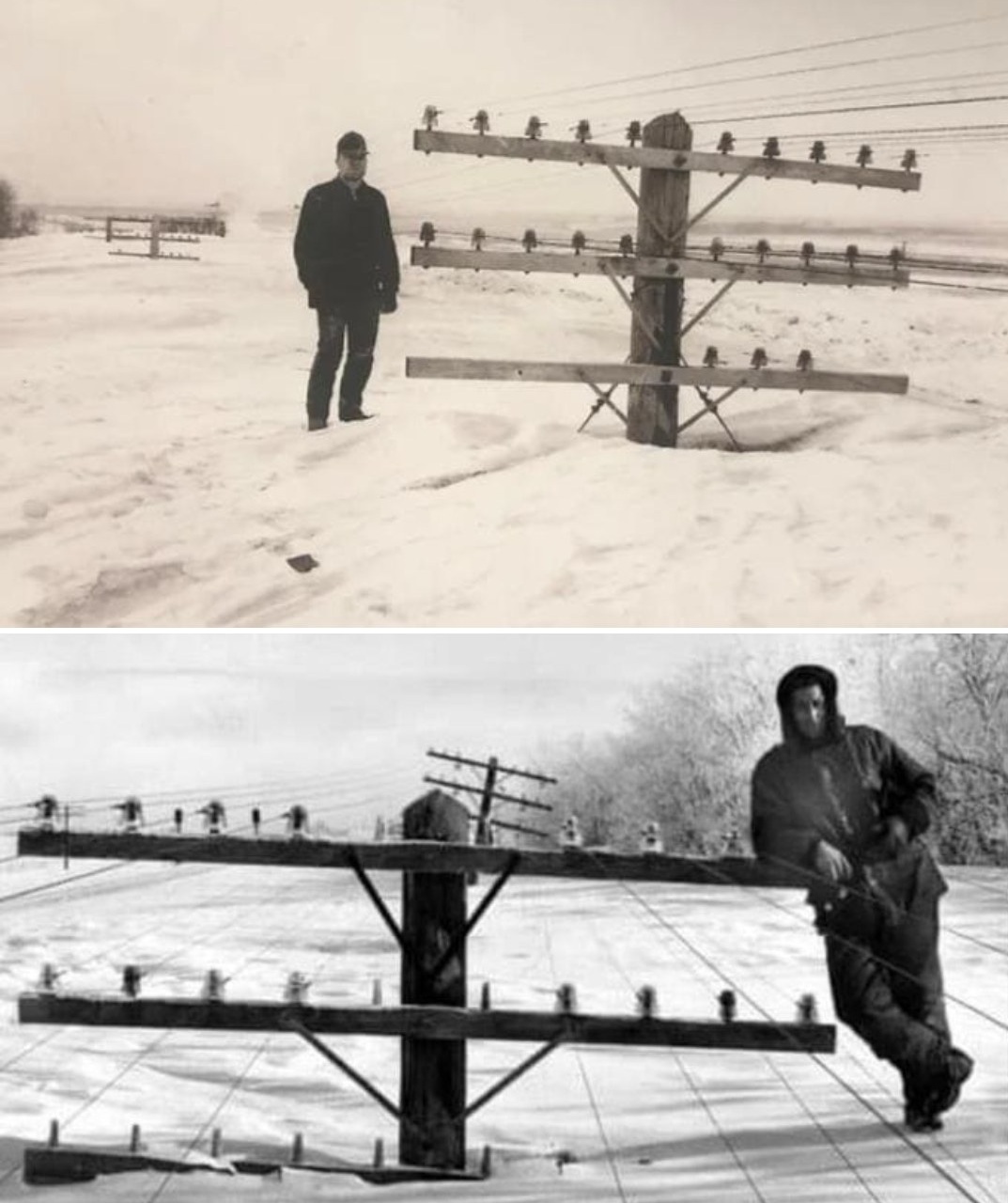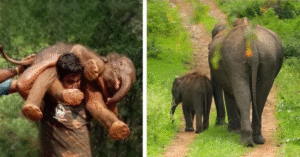In March 1966, North Dakota experienced one of the most catastrophic winter storms in U.S. history. The storm, known as the Great Blizzard of 1966, brought with it fierce winds, heavy snow, and a devastating impact that changed the region forever. Even though North Dakota winters are notoriously harsh, nothing could have prepared residents for what was to come.
A Storm Like No Other
Initially, the storm appeared to be just another typical snowstorm. However, within hours, it rapidly escalated into something much more dangerous. Snow fell continuously, and winds reached speeds of up to 70 mph (113 km/h), creating whiteout conditions that made it nearly impossible to see. The fierce wind turned snowflakes into icy projectiles, and stepping outside was perilous.
As the storm intensified, towns and cities across the Northern Plains were paralyzed, and the storm’s unrelenting power kept people trapped in their homes for days. Many people, even those just stepping outside briefly, became disoriented and lost just a few steps from their front doors.
Snowdrifts Higher Than Houses
What set this blizzard apart from others was its sheer intensity and the massive snow accumulation it left behind. Snowdrifts reached an astonishing 20-25 feet (6-8 meters), burying homes, vehicles, and even entire roads. Some iconic photographs taken during the blizzard show residents standing level with power lines, with snow towering above them. In many places, people had to dig tunnels through the snow just to leave their homes or check on neighbors.
The snowstorm halted road and rail traffic, making rescue and relief efforts extremely difficult. With towns cut off from the outside world, food, medical supplies, and fuel became scarce. The heavy snowfall rendered normal transportation routes useless, and North Dakota’s infrastructure struggled to support its citizens.

Tragedy and Loss
The human toll of the Great Blizzard of 1966 was staggering. Dozens of people lost their lives, many due to exposure after getting lost outside. In some instances, buildings collapsed under the immense weight of snow, causing fatalities and further devastation. Thousands of cattle and other livestock perished beneath the snowdrifts, leaving farms destroyed and causing millions of dollars in financial losses.
The blizzard’s impact on the agricultural sector was felt for years, with many farmers losing both their livestock and their livelihoods. However, amidst the tragedy, acts of resilience and heroism emerged.
Stories of Heroism
In the face of this unprecedented disaster, many stories of bravery and community unity emerged. Neighbors and families shared food, shelter, and fuel as they worked together to survive. Some residents dug tunnels between houses to ensure that everyone was safe and well. The National Guard and U.S. military were called in to help clear roads, deliver supplies, and rescue those who were stranded.
Amid the crisis, some families even dismantled barns to gather firewood, while others melted snow for drinking water. These acts of kindness and selflessness were the true testament to the strength and solidarity of the people of North Dakota during this harsh time.
A Turning Point in Preparedness
The Great Blizzard of 1966 was a pivotal moment in the history of American winter weather preparedness. The devastation it caused prompted significant changes in how the country approached extreme weather. New building codes were introduced to ensure structures could withstand heavy snow loads, and there was a marked increase in advancements in weather forecasting technologies. Furthermore, public safety campaigns were launched to educate people on how to prepare for future storms and minimize the risks associated with extreme weather.
As a result of this storm, communities across the country became more proactive in their winter weather preparedness, with efforts to build stronger infrastructure, improve communication during snowstorms, and provide resources for citizens to stay safe during such extreme conditions.
Remembering the Blizzard
Today, the Blizzard of 1966 remains a poignant reminder of nature’s raw power and the resilience of the human spirit. The haunting images of towns buried in snow and people struggling against the storm are a testament to both the devastating impact of the blizzard and the survival instincts of the North Dakotan people.
For those who lived through it, the blizzard is a defining moment in their lives, one that cemented the importance of community solidarity and preparedness. The Blizzard of 1966 stands as a symbol of how communities can endure even the most extreme conditions and rebuild after disaster strikes.
For North Dakotans, it serves as a reminder that no matter how harsh the environment, they can always endure and come out stronger on the other side.



